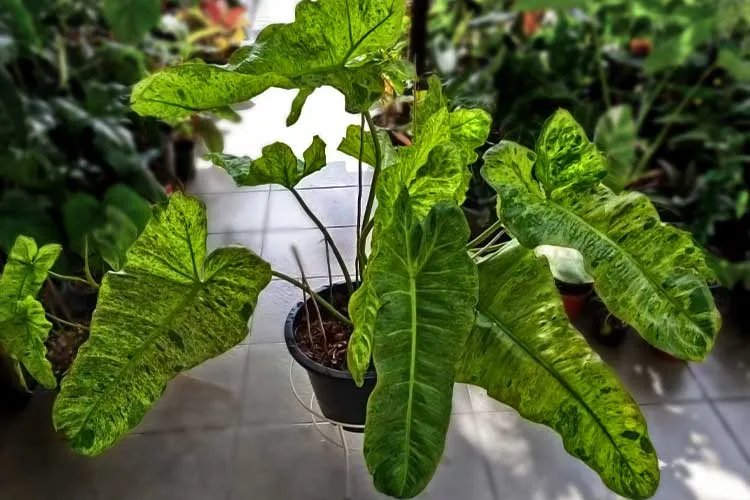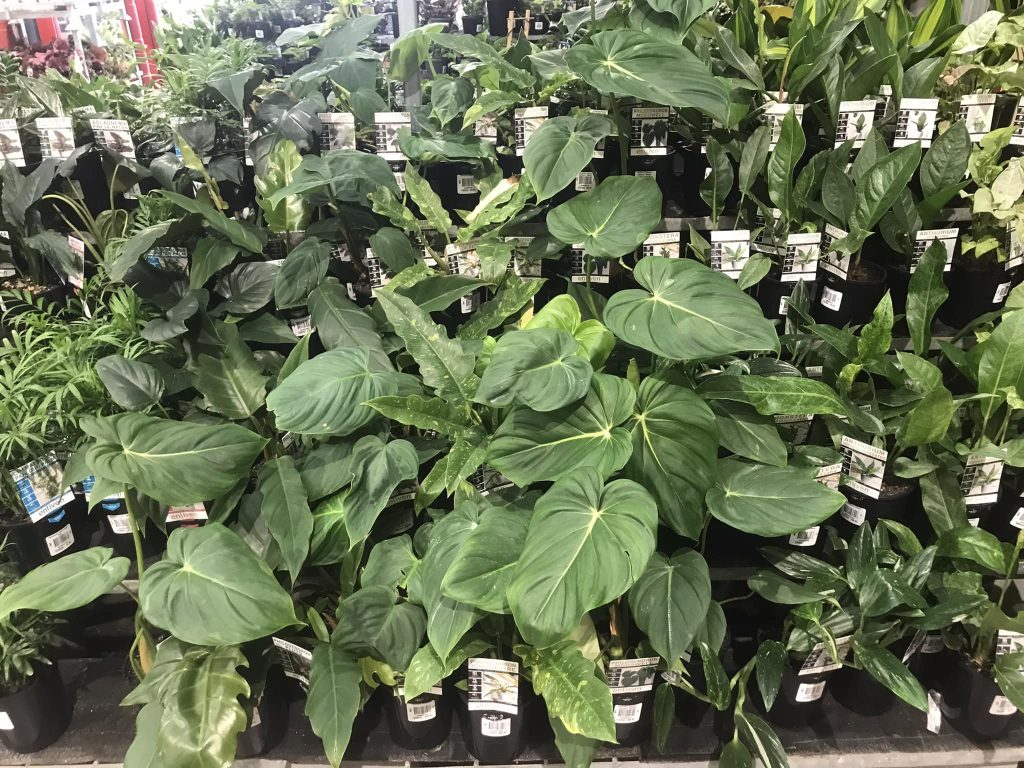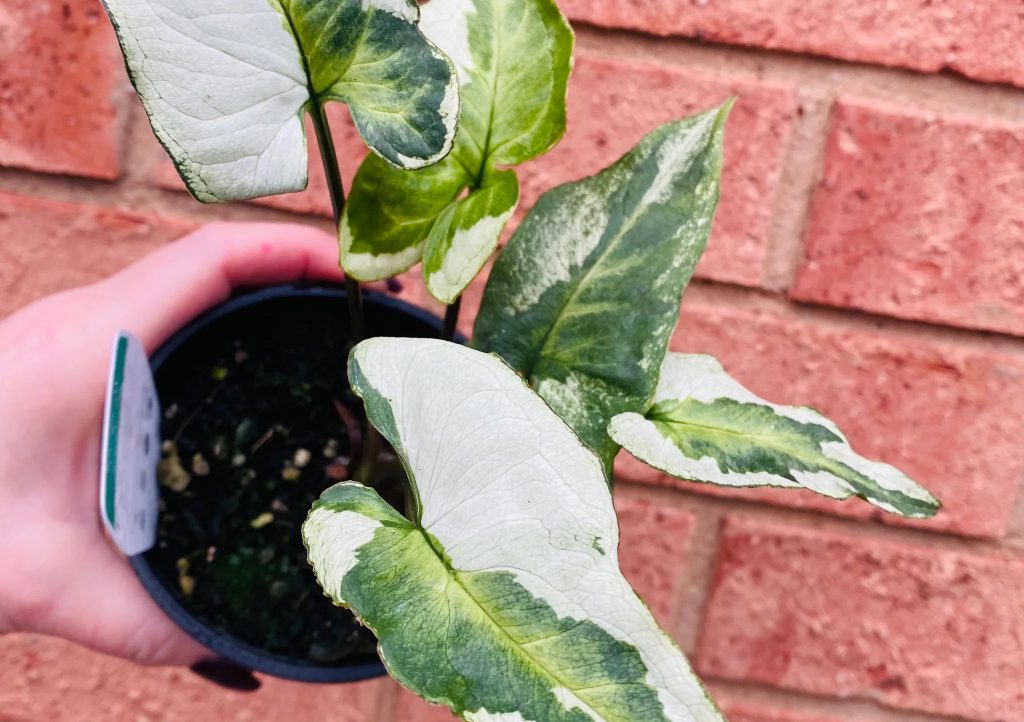Nurseries are constantly introducing new and exciting indoor plants into the Australian market. In this post, we look at some of the previously rare plants that are now being mass-produced and distributed through big box stores.
Ficus Petiolaris (The Rock Fig)
These plants have been available in nurseries and garden centres for a long time, but have been difficult to find for the last few years which is why they’re getting included here.
The Rock Fig is a small bushy tree with attractive heart-shaped leaves featuring soft pink veining. Some speciments have a prominent round bulb at the base of the trunk, which can be increased in size by applying bonsai tecniques.

Rock figs are—at least in my experience—a bit annoying to keep happy. Their often-cited requirement for bright indirect light isn’t accurate, as mine did much better when I put it out in full sun. They’re also quite thristy and unusually prone to spidermites.
They’re available from Bunnings and other plant shops in the “Bottle Babies” and “Enliven” ranges.
Philodendron Paraiso Verde
The parasio verde is a rather unique-looking climbing philodendron, featuring really mottled/splotchy light green variegation. On a really good specimen, the lighter green spots can be so light that they almost look like a creamy-white colour

We have one of these in our collection, but it doesn’t look anywhere near as good as the plant shown in the photo above. Ours is also a tissue culture, purchased from The Jungle Collective, and delivered half-dead with absolutely zero variegation. It seems these Bunnings/Enliven ones are of much higher quality, so we’ll certainly be grabbing one when we find it.
Philodendron Dean McDowell
Labelled as simply “Philodendron McDowell” in Bunnings stores, this crawling philodendron is a hybrid between the p. gloriosum and p. pastazanum. It’s a rock-solid, borderline unkillable philodendron that can grow absolutely monstrous in size.

The Dean McDowell was one of my earliest plant purchases and remains a favourite to this day. Within a few short years it grew so large that I need another person to help me lift it.
The great thing about crawling philodendrons is that they’re super easy to propagate, so when they get too big you can just chop off a piece and start again.
Philodendron Burle Marx Variegata
With creamy yellow and white variegation and bushy climbing growth habit, the Philodendron Burle Marx Variegata is absolute showstopper of a plant—especially when grown up a moss pole.

Variegated Philodendron Burle Marx was always going to collapse in price, even without factoring in tissue-culture-powered mass production. That’s because this plant tends to grow prolifically, and cuttings taken from it propagate successful basically 100 percent of the time.
Of all the plants on this list, this is the one I’m most looking forward to this plant arriving spotting at my local Bunnings.
Syngonium Three Kings
Syngoniums are climbing plants available in hundreds of different shapes and colours. The “three kings” syngonium was considered rare not that long ago, but dropped in price extremely quickly because of how fast they grow. Fast-growing plants, of course, can be propagated more frequently and therefore become abundant more quickly.

The “Three Kings” syngonium has mottled green foliage with white variegation, much like the Syngonium Albo (sometimes called Syngonium Fantasy). The main differences between the Three Kings and the Albo are the Three King’s bushier growth habit and less intense white colouration.
There are at least three nurseries mass-producing this plant for sale in Australian plant stores. Enliven are one of them, so you’ll be able to grab this one in Bunnings if you don’t have a specialty plant store near you.
